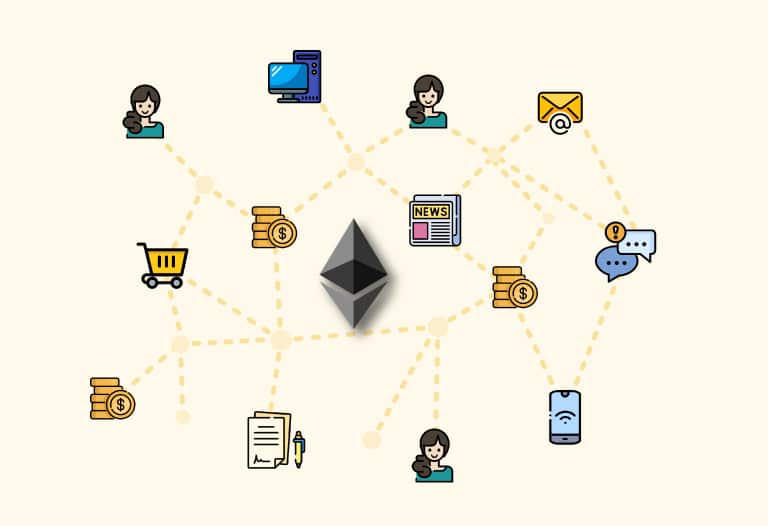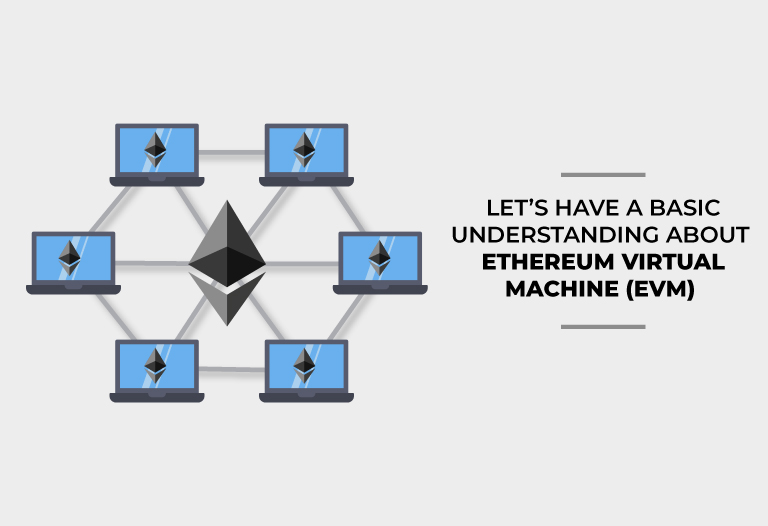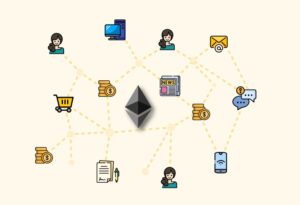
Table of Contents
ToggleThe Ethereum project is one of the most important in the world of cryptocurrencies. This project has a great treasure that makes possible most of its operation, the Ethereum Virtual Machine (EVM). The EVM is a virtual Turing machine that allows any user to execute Byte-Code arbitrarily.
A Turing machine is based on a mathematical computer model that is capable of, through predefined rules, determining outcomes through variables. This machine plays a crucial role in the consensus mechanism of the Ethereum network. In addition, it enables the execution of smart contracts by enabling a series of functions on the Ethereum blockchain.
These functions are used on a daily basis by all Ethereum network users. These functions allow great flexibility in different operations that other projects do not allow. That is why in this article we will tell you what this machine is and how it works.
EVM began to develop in 2013 through the early ideas of creating a blockchain that worked through a full Turing language enabled for all operations. This idea came from Ethereum’s lead developer Vitalik Buterin and was brought to fruition by him and developers Gavin Wood and Greg Colvin.
How does a Virtual Machine work?
When we talk about a Virtual Machine we refer to software developed to create what is known as an “emulation layer” from a computer. The virtual machine is responsible for emulating each and every one of the functions of a computer. This machine has the ability to recreate all the components of the computer, be it the processor or the network cards, even the hard disks.
The machine can run specific software inside itself, which would be like having a complete computer inside another computer. This is not an easy task so the virtual machine must first isolate all the functions in a kind of container that we can access and interact with it through an interface. In this way the whole system running inside the virtual machine is isolated from the rest of the overall system.
In addition, it can run on different systems and hardware, which provides great portability, but also high levels of security. These virtual machines are very flexible in terms of operation, offering unique services that no other software can offer (for the moment).
Any developer could create a Virtual Machine that follows unique instructions, exhibits defined behaviors and isolates an entire system. This whole process can be done inexpensively and opens the door to further development.
How does the Ethereum Virtual Machine work?
Now that we know how a virtual machine works, we can apply this concept to the Ethereum network. This virtual machine is also a software that follows a series of instructions, only in this case on a large scale making possible the operation of the Ethereum blockchain. The instructions that the machine executes allow great flexibility in carrying out transactions within the network.
For the programming of the Ethereum Virtual Machine, Solidity was created, a specialized language through which the development of smart contracts is facilitated. Its operation is as follows; Solidity is transformed into operation codes known as OP_CODES and from these a Byte-Code is executed by the EVM that will allow performing the operations in a smart contract.
By means of these codes we can program instructions for the machine. The OP_CODES function as the interaction interface mentioned above in the operation of a virtual machine. These are what make it possible for everything in Ethereum to work including even the smallest transactions.
Thanks to all this operation the EVM can execute functions such as smart contracts being this a decentralized global machine formed by all nodes participating in the Ethereum network. This machine can solve virtually any computational problem in the network.

Characteristics of EVM
The Ethereum virtual machine is unique thanks to a myriad of features that make its operation possible. Below we will see the most important ones:
- High level of security: one of the most important features is that it provides a high level of security, since being a virtual machine that follows certain limitations in the instructions, it can execute untrusted code without being compromised or compromising the system.
- Completely decentralized: the EVM is decentralized in its entirety, since it is made up of thousands of nodes which execute an exact copy of the machine and in turn act in conjunction with the rest of the nodes. This leads to decentralization, since even if almost all the nodes disappear, the machine will continue its instructions as long as there is at least one node running.
In addition, this operation allows access to the system from anywhere in the world and without censorship. Most importantly, there are no third parties and its functions cannot be modified or altered.
- It allows the development of a large number of applications: called dApps (decentralized apps), these can be executed on the same blockchain without affecting the rest of the functions executed on it.
- The Ethereum Virtual Machine is capable of executing Turing complete smart contracts. These are specific schedules that can be executed automatically.
- You can execute a set of operation codes called OP_CODES. Without these codes the Ethereum Virtual Machine would not be able to run.







